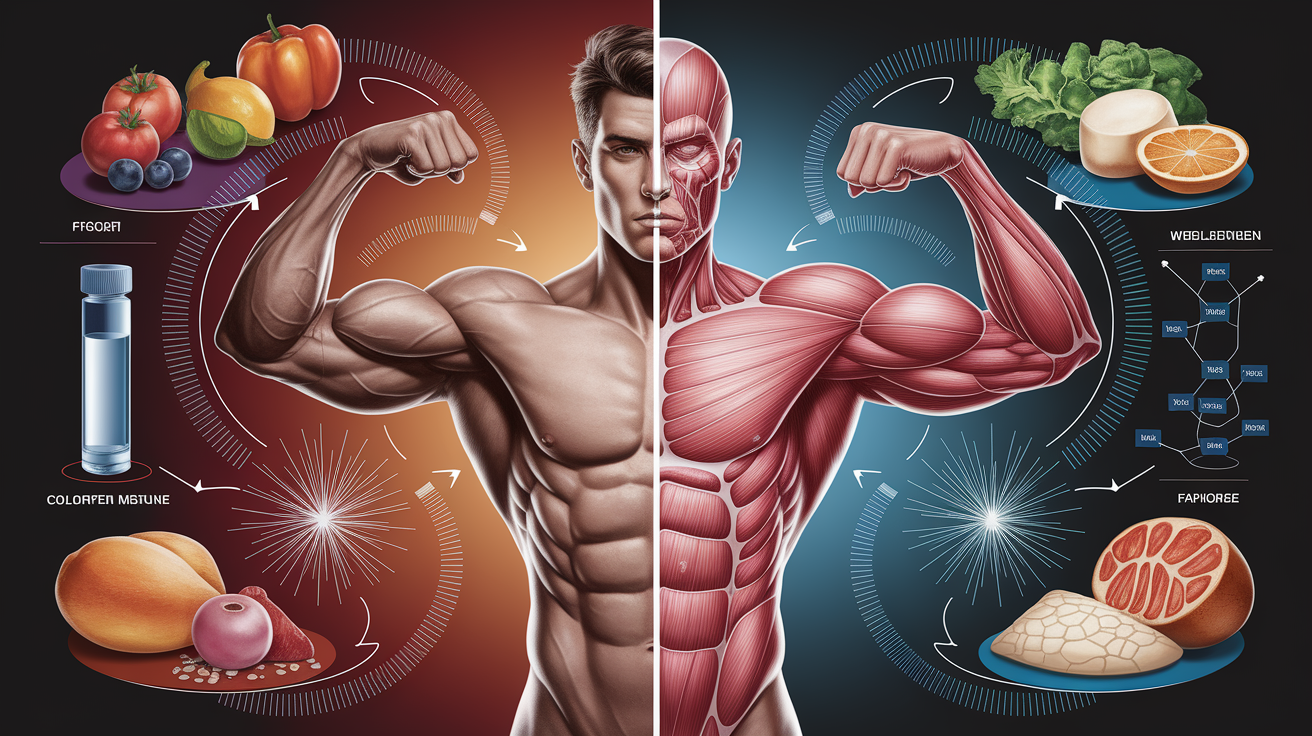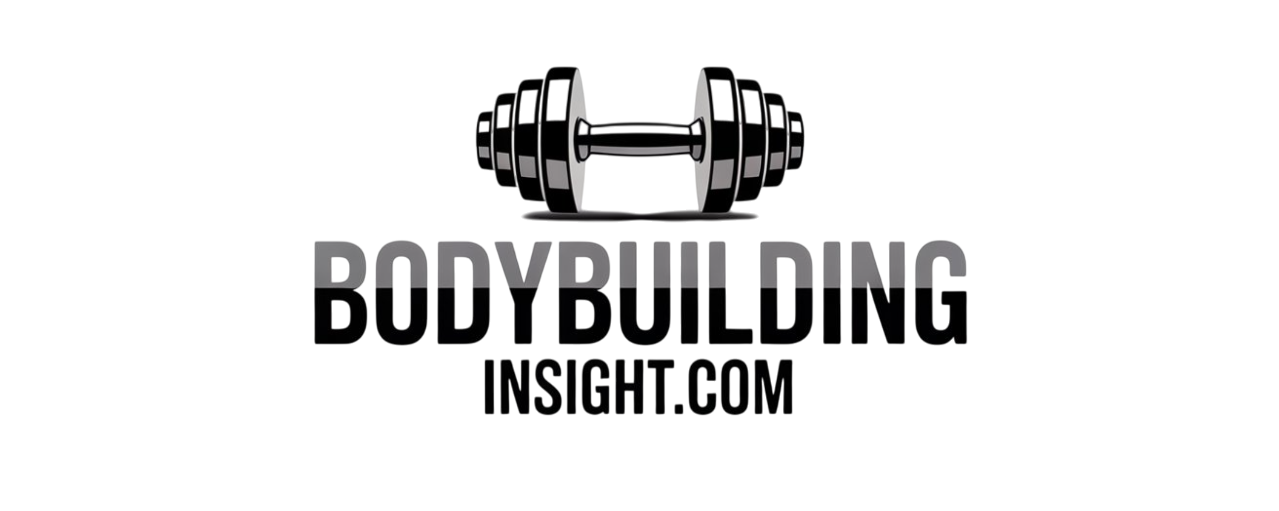Deficit Defense: The Ultimate Guide to Retaining Muscle While Cutting Calories
Understanding Muscle Loss During a Caloric Deficit
When you enter a caloric deficit, your body has less energy available for all physiological processes. For muscle retention, the key concern is that muscle protein synthesis (MPS) declines, while muscle protein breakdown (MPB) typically remains constant. This creates a net negative protein balance, leading to progressive loss of lean muscle mass. The longer and more severe the deficit, the greater the risk of muscle catabolism.

Research reviewed here highlights how reductions in MPS are the primary driver of muscle loss in calorie restriction. Extremely low-calorie diets amplify this effect unless protective strategies—like resistance exercise and adequate protein intake—are implemented (study).
Determining Your Ideal Caloric Deficit
The size of your deficit directly influences muscle preservation potential. A moderate deficit of 200–300 kcal/day can still allow for strength progression and even modest hypertrophy when paired with progressive overload training. Larger deficits (500 kcal/day or more) increase muscle loss risk and will generally halt muscle gain altogether.

Meta-analysis work from Stronger By Science clearly demonstrates that greater energy restriction reduces both muscle mass retention and strength development. Factors such as training experience, age, and body composition all modify your tolerance for a deficit before muscle catabolism becomes significant.
Nutrition Strategies for Muscle Preservation
To maintain muscle while losing fat, nutrition must be deliberate and quantitative:

- Protein Intake: Aim for at least 1.1-1.6 g/kg body weight per day of high-quality protein sources like whey, casein, lean meats, and eggs. This level supports MPS even in a deficit (study).
- Leucine-Rich Foods or Supplements: Leucine is a key amino acid for stimulating MPS—found abundantly in dairy proteins and some supplements (evidence).
- Meal Timing: Distribute protein evenly across 3–5 meals to maintain a positive nitrogen balance throughout the day.
- Micronutrients: Maintain adequate vitamin D intake, as deficiency can impair muscle function and recovery.
- Carbohydrate Support: While protein is the priority, carbs help fuel resistance training and reduce cortisol spikes that can accelerate muscle breakdown.
Resistance Training to Counteract Muscle Loss
Resistance training is non-negotiable for muscle preservation during a calorie deficit. It provides the anabolic stimulus your body needs to maintain muscle protein synthesis despite reduced energy intake.
- Frequency: Train each muscle group 2–3 times per week.
- Intensity: Work in the 6–10 rep range with an RPE of 8–9 for compound lifts.
- Progressive Overload: Gradually increase weight, reps, or sets to maintain stimulation as your body adapts.
- Exercise Selection: Focus on multi-joint lifts (squat, bench, pull-up, deadlift) to recruit maximum muscle fibers.
Combined with proper nutrition, resistance training offsets the natural decline in MPS during energy restriction (study).
Managing Metabolic Adaptation
Extended caloric deficits trigger metabolic adaptation, also known as adaptive thermogenesis. Your resting metabolic rate and total daily energy expenditure decline beyond the expected effect of weight loss alone. This means you burn fewer calories at rest, making continued fat loss harder and increasing the risk of further muscle loss.
Research explained here shows this adaptation is real but not a “hibernation mode.” Cycling periods of maintenance calories, ensuring adequate protein intake, and maintaining high training intensity can help minimize the negative effects on muscle retention.
Monitoring Progress and Making Adjustments
To ensure you are losing fat and not muscle:
- Track Body Composition: Use methods like DEXA scans or skinfold measurements instead of just scale weight.
- Monitor Strength: Declines in performance can indicate muscle loss—adjust your training or nutrition if lifts regress for multiple weeks.
- Biofeedback: Energy levels, recovery time, and muscle fullness are indicators of how your program is affecting lean mass.
If data shows muscle loss, reduce your deficit, increase protein intake, or adjust training volume/intensity to better support anabolism.
Frequently Asked Questions (FAQ)
How much protein do I need to retain muscle in a caloric deficit?
At least 1.1–1.6 g/kg of body weight per day of high-quality protein is optimal for muscle retention.
Can you build muscle while in a caloric deficit?
Yes—if the deficit is small and you are relatively new to resistance training. Experienced lifters generally can only maintain muscle, not significantly grow it, during a deficit.
Will I lose muscle if I’m in a caloric deficit?
Not necessarily—adequate protein intake and resistance exercise can help preserve most, if not all, lean mass.
What supplements help with muscle retention during cutting?
Whey or casein protein, BCAAs (specifically leucine), and possibly vitamin D, if deficient.
Is cardio bad for muscle retention in a deficit?
Excessive high-intensity cardio may increase muscle loss risk if it replaces resistance training or significantly boosts cortisol levels, but moderate cardio can be beneficial for cardiovascular fitness and overall calorie burn.
Mission Accomplished: Cementing Your Hard-Earned Muscle
Muscle retention during a caloric deficit comes down to a disciplined union of science-backed nutrition, strategic resistance training, and careful monitoring. By implementing the principles above, you can strip away unwanted fat while maintaining the muscle you’ve worked tirelessly to build. There are no shortcuts—only methodical, consistent execution. Respect the process, and your physique will reflect both your strength and your discipline.







